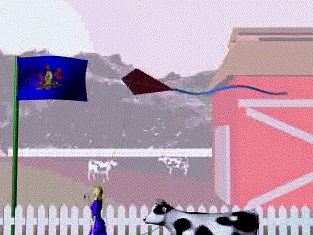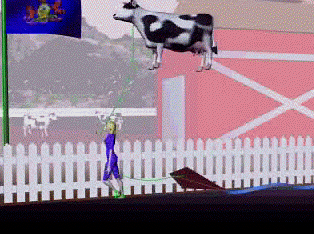- About MAA
- Membership
- MAA Publications
- Periodicals
- Blogs
- MAA Book Series
- MAA Press (an imprint of the AMS)
- MAA Notes
- MAA Reviews
- Mathematical Communication
- Information for Libraries
- Author Resources
- Advertise with MAA
- Meetings
- Competitions
- Programs
- Communities
- MAA Sections
- SIGMAA
- MAA Connect
- Students
- MAA Awards
- Awards Booklets
- Writing Awards
- Teaching Awards
- Service Awards
- Research Awards
- Lecture Awards
- Putnam Competition Individual and Team Winners
- D. E. Shaw Group AMC 8 Awards & Certificates
- Maryam Mirzakhani AMC 10 A Awards & Certificates
- Two Sigma AMC 10 B Awards & Certificates
- Jane Street AMC 12 A Awards & Certificates
- Akamai AMC 12 B Awards & Certificates
- High School Teachers
- News
You are here
Problem-Solving - Introduction
Larry Gladney is Associate Professor of Physics and Dennis DeTurck is Professor of Mathematics, both at the University of Pennsylvania.
While the focus of these modules in Math and Physics is on conceptual learning, a great deal of the "utility" of introductory courses in calculus and physics is in developing problem-solving skills. Hence any textbook has many traditional examples of problems and many more exercises for the student than are presented within these modules.
A proper introduction to problem-solving starts by being reminded that the essence of scientific progress since Galileo is in experimenation and experimentation is founded on quantitative measurement.
As an example, consider the pictures below. They show two scenes of a girl walking a cow to pasture while simultaneously holding a kite on a windy day. Which of the two scenes are you more likely to see on a March day in Pennsylvania farmland?
 |
 |
Hard as it is to believe, the general principles of physics embodied in Newton's Laws do not, of themselves, preclude either scene from happening. These laws, when coupled with physical intuition as to the masses of objects, do give us a firm indication as to the likelihood of the second scene compared to the first. With that in mind, we can start to look from our qualitative view of how things should move to the techniques for considering quantitative determinations of their motion.
Published July 2001
© 2001 by Larry Gladney and Dennis DeTurck
Larry Gladney and Dennis DeTurck, "Problem-Solving - Introduction," Convergence (November 2004)




